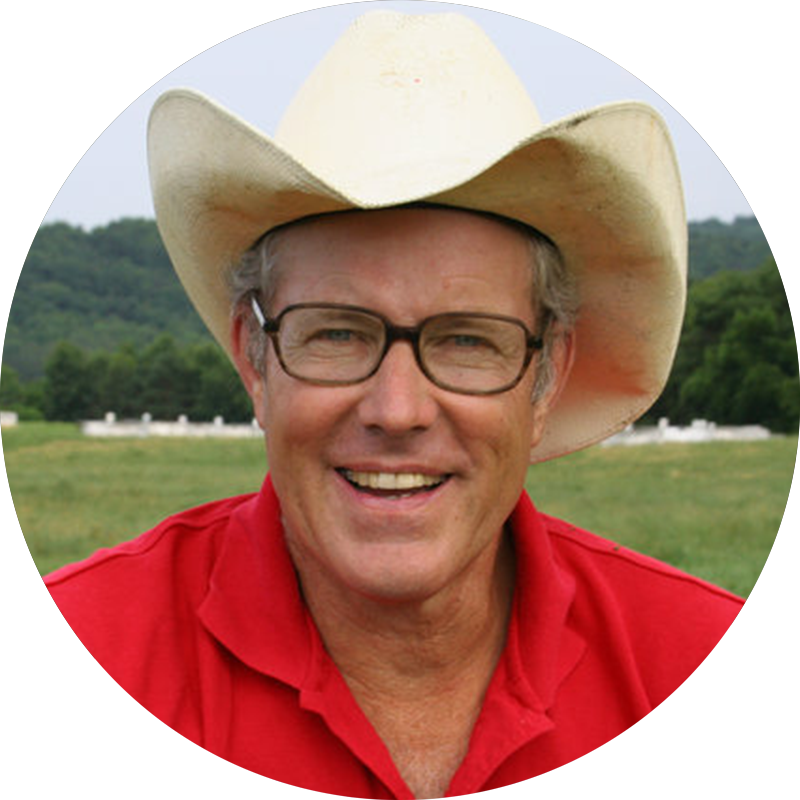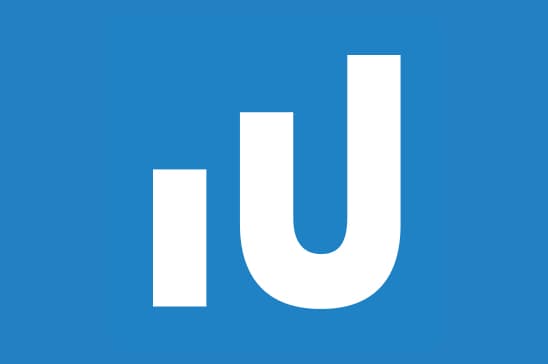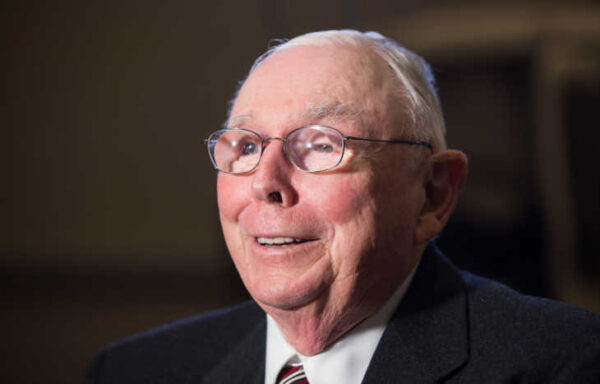No Nation Is Wealthier Than What It Stands On
Every civilization rests on soil. Deprive any nation of soil, and it collapses as surely as night follows day.
In fact, most historians adhere to the idea that agriculture is the foundation of culture.
No nation is wealthier than its soil. Erosion is like cultural hemorrhaging. America’s wealth ties directly to its soil. Does anyone believe that dollar bills and the Dow Jones Industrial Average are more important than soil?
And yet how many of us thought about soil when we took a shower today? When we sat in traffic at the intersection of 32nd and Fifth Street? While we waited impatiently in line at Starbucks?
The average person knows far more, and thinks far more, about the latest dysfunction in the Kardashian household than the health of their region’s soil.
So today, I’m going to talk about how to build soil… and what we’re doing on our farm to preserve and enrich it.
A Productive Partnership
Think about the deepest soils on the planet. Where are they, and how did they get there?
In general, they are in prairies.
America’s Midwest, Argentina’s Pampas, Africa’s Serengeti and Mongolia’s steppes have one thing in common: perennial grasses.
What makes these perennial grasses productive? Herbivores. Left to themselves, unpruned grasses quickly age, turn brown and oxidize.
Just like an orchardist would prune an apple tree or a viticulturist a grapevine, the herbivore prunes the grasses before full senescence (the stage from full maturity to death) to restart the juvenile rapid biomass accumulation phase.
Without this constant freshening, the grass stagnates and actually begins choking itself out.
Restoring Equilibrium
The symbiotic relationship between the herbivore and grass, though, requires one other major player to be productive: the predator.
The lion, wolf, and leopard keep herds moving day to day and keep them bunched together tightly. This bunching, or mobbing, pushes the herbivores to prune (graze) aggressively and indiscriminately.
Without the bunching, the herbivores would move lazily across the landscape, eating lackadaisically and picking only the most palatable plants.
By pushing the herbivorous prey across the prairie, predators ensure a relatively even graze and a short stay in a given location. This protects tender shoots of regrowth from being repruned before they’ve grown long enough to collect enough sunlight to restore in the root structure the energy required to send forth a new shoot.
We call this restoring energy equilibrium to the plant.
A Beautiful System
All of this roughly describes carbon sequestration and organic matter development, which is what feeds the 9 billion microbes in one handful of healthy soil.
Through photosynthesis, the plant takes in sunlight, converts it to sugars, and then trades those for minerals and enzymes with bacteria in the soil.
It’s like an underground café: “I’ve got two zincs in my pocket I’ll trade you for a cup of that sugar.”
Of course, the herbivore’s digestive system dumps additional nutrients onto the soil as well.
As long as the sun shines, this system works beautifully.
Soil microbes use the plant energy to dissolve rocks and minerals to feed the plant in a steady cycle of growth, decomposition and regeneration.
This is how soil is built when we don’t interfere with nature.
Chemical fertilizers, because they are acidulated, destroy the soil biota and interfere with these cycles by supplanting natural nutrients with artificial compounds.
Letting Nature Guide Us
At our farm, we seek to duplicate this abundance-oriented, soil-building template.
In nature, the herbivores exhibit three primary characteristics: moving, mobbing and mowing. That’s the template for soil development.
Now, we don’t have wolves and lions. We don’t have wildebeests or bison.
But we can duplicate that choreography with high-tech electric fencing, which is cheap and light. Permanents run around the main fields, and then we subdivide the pastures daily with temporary, portable cross fences, like rungs on a ladder.
This fence literally becomes a steering wheel, accelerator and brake for that four-legged pruner we call a cow. We can steer a herd of 500 cows around a landscape as precisely as a zero-turn mower on a golf course.
By managing the timing of each pruning, we can make sure that the grasses are grazed at the right time, the right height, the right season.
This precise management capitalizes on the sigmoid growth curve of the grass as it sends forth the new shoot, speeds up in growth and then slows down toward senescence.
We move the herd every day from paddock to paddock, creating a mosaic landscape appearance and ensuring that something is always in blossom to feed the pollinators, and that some areas are tall and some short, which both harbors and exposes wildlife at different times.
In addition, we compost winter hay-feeding droppings using pigs to aerate the material in the spring.
The combination of precisely managed pruning movement and leveraged off-season manure through composting builds soil and increases its fertility year to year.
We have not used – and have never needed to use – chemical fertilizers… and we’ve been here for nearly 60 years.
The average farm in our area requires 4 acres to feed a cow. At our farm, we average 0.9 acres.
This is not to brag; it’s simply paying humble homage to an infinitely wise design that works better than anything hubris can imagine.
Our farm has moved from 1% organic matter in 1961 to a bit more than 8% today. Each percent holds an additional 20,000 gallons of water per acre.
The benefits of soil development can hardly be overstated. We can build soil. We must build soil.
True wealth depends on it.
About Joel Salatin
Joel Salatin calls himself a Christian libertarian environmentalist capitalist lunatic farmer. With a room full of debate trophies from high school and college days, 12 published books, and a thriving multigenerational family farm, he draws on a lifetime of food, farming and fantasy to entertain and inspire audiences around the world. He’s as comfortable moving cows in a pasture as he is addressing Fortune 500 CEOs at a Wall Street business conference. A fierce defender of personal freedom and choice, he brings an unorthodox viewpoint that readers of Manward Digest can’t get enough of.






